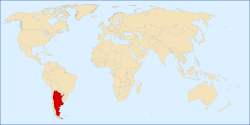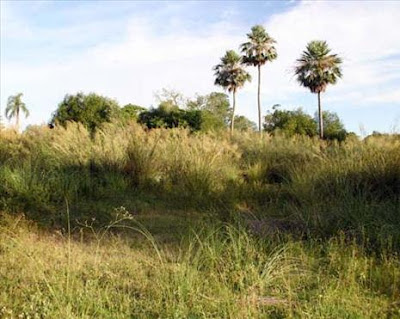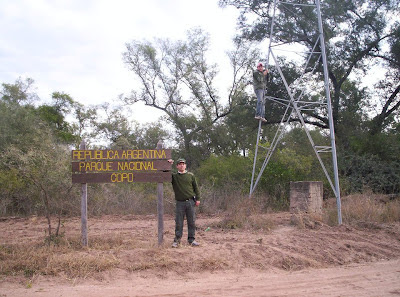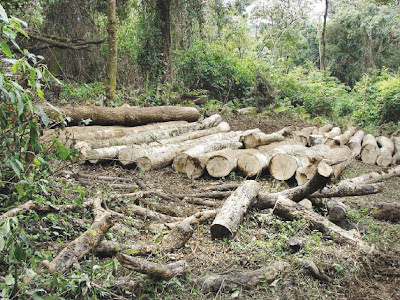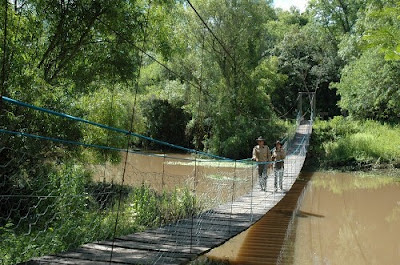The Copo National Park
|
|
|

The Copo National Park is a national park of Argentina, located in the Copo Department, province of Santiago del Estero. It has an area of 1142.5 km². It was created in 1998 in order to preserve a number of endangered species.
The Santiago quebracho is the species here present, typical of the drier areas of that huge biome which occupies all north central Argentina, western Paraguay and a bit of eastern Bolivia. Quebracho has a straight trunk of heavy and extremely hard red wood.
The "white" quebracho, also found in the park, is much sought for burning charcoal or for firewood. The effect of cattle grazing has also been a factor in the diminution of the area occupied by these species. Of the 80% of the province's area which was once covered by these woods at the beginning of the XX century, only slightly over 20% remains today, and that has been impoverished by selective logging and grazing.

The park belongs to the Dry Chaco ecosystem. The climate is warm, with annual rainfall between 500 and 700 mm. A large part of it is made up of forest, with the Santiago red quebracho (quebracho colorado santiagueño) being its characteristic tree species. This tree has a strong wood and high content of tannin, and in the past it suffered a devastating exploitation in other parts of the country. At the beginning of the 20th century, Santiago del Estero was 80% quebracho scrubland; nowadays only 20% remain.
Endangered species that live in this park include the maned wolf[1] yaguareté (jaguar), the Giant Anteater, the chacoan peccary, the tatú carreta (a species of armadillo) and a species of parrot.

